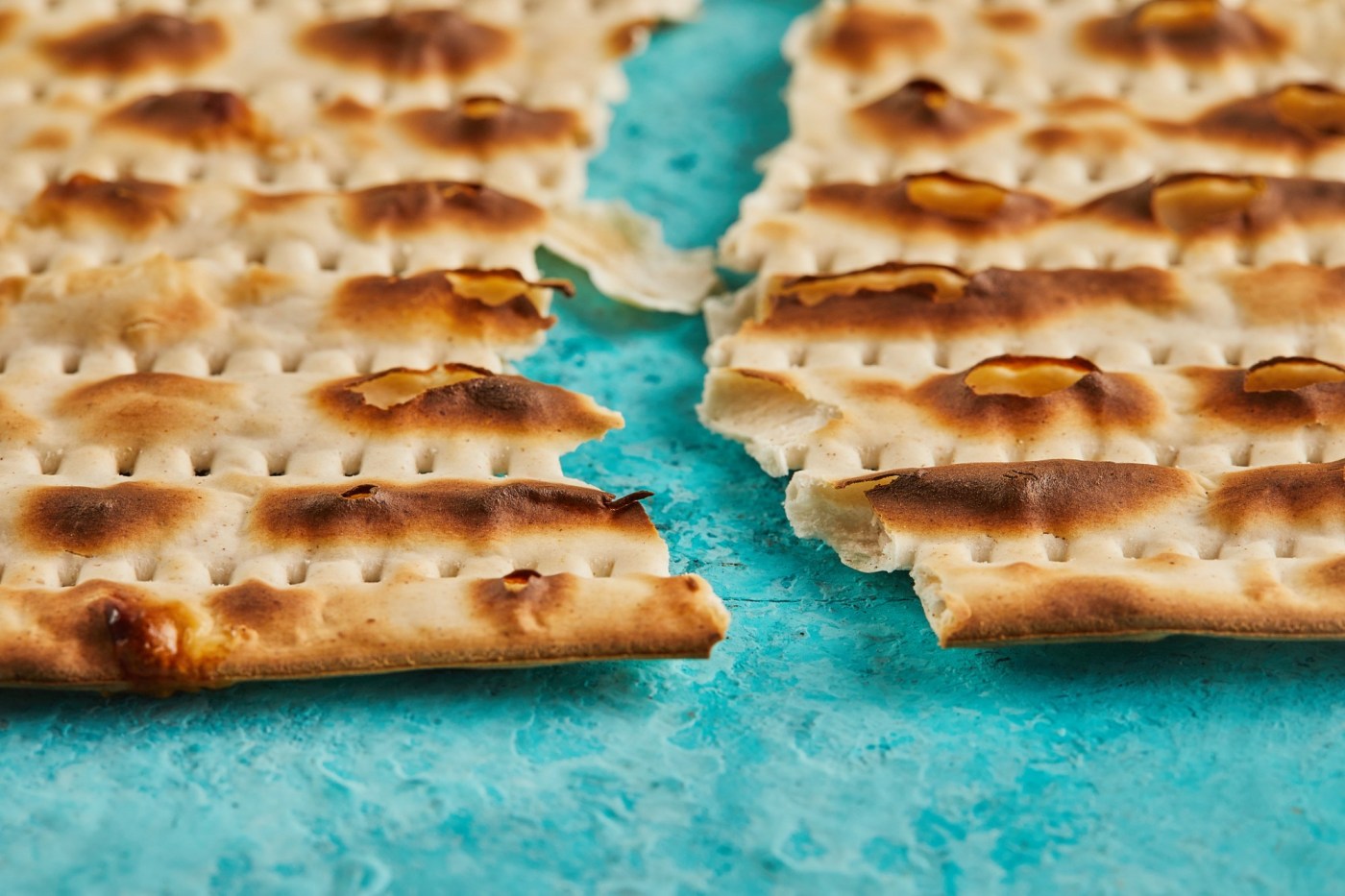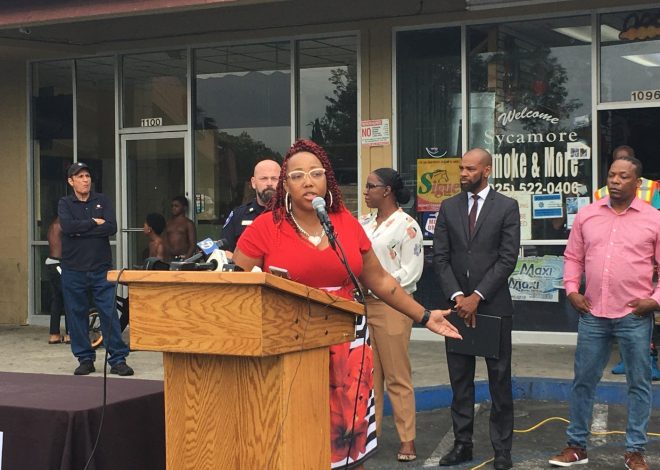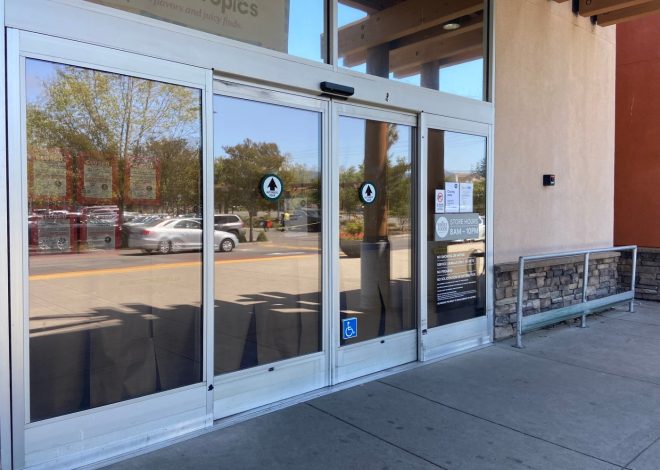
Here’s a look at Passover traditions that begin at sundown April 12
Food for thoughts
The Jewish holiday of Passover begins Saturday, April 12 at sundown and goes until nightfall on Sunday, April 20. There are variations of the tradition from Orthodox to Reformed Judaism. Two nights feature ceremonial foods meant to retell a story.
Passover basics
In simple terms, Moses returned to Egypt to free the Israelites from Pharoah after God told him Israel is his first born son. When Pharoah refused to let them go, God said he would put to death every firstborn child in Egypt.
Related Articles
We call them palm trees but they really are something else
Opinion: America’s conscience means more than slavish obedience to a leader
Passover begins soon. For many Jews, the celebrations will occur amid anxieties and divisions
Priest assigned to California parish accused of multiple counts of lewd acts with minor
Trump administration cancels at least nine more student visas in Bay Area
God is said to have told Moses to tell the Israelites to paint lamb’s blood on their doorposts.
This way, the angel would know that Jewish people lived there. He would pass over that house and not kill the firstborn child. This is where the name Passover comes from.
For the last plague (the 10th), even Pharaoh’s own son was killed. He summoned Moses and told him to take the Israelites out of Egypt immediately.
Finally, after more than 200 years of slavery, the Jewish people were free.
A children’s version that explains Passover is on parents.com here.
The Seder plate
There are variations on Passover practices by the many different types of Judaism. Some families gather on the first one or two nights of the eight-day holiday for Seder, where they eat a ceremonial dinner and retell the story of their enslavement and freedom.
The centerpiece of the Passover meal includes these traditional and symbolic foods:
Bitter herbs (Maror): They remind us of the bitterness of slavery.
Charoset: A mixture of chopped apples, nuts and wine that resembles the mortar and brick used to build the pyramids.
Egg (Beitzah): Symbolic of the sacrifice made in biblical times; a sign of spring and rebirth.
Shank bone (Zeroa): Symbolizes the lamb that was sacrificed in ancient days before the temple was destroyed.
Parsley (Karpas): A symbol of life, the parsley is dipped into salt water and eaten to represent the tears Jewish ancestors shed.
Reformed Jews have created other symbolic foods to go with the Sedar plate. Some examples are:
An Orange to be split and shared in alliance with LGTBQ+ equality.
A fair trade chocolate or cocoa bean as a reminder of forced labor is still and issue today.
Cashews for the troops. During the Iraq War salted cashews were said to provide sustenance and hydration in Iraq’s desert climate.
A list of seven items Reformed Jews have added is here.
‘Why is this night different?’
During the Seder, observers read the story of Passover from the Haggadah (means telling), a prayer book; the youngest child at the table reads four questions, asking “what makes this night different from all other nights?” and the family responds.
The four questions
On all other nights we eat either leavened or unleavened bread. On this night, why do we eat only unleavened matzah?
Answer: To remind us of the haste with which our ancestors left Egypt.
On all other nights we eat all kinds of herbs. On this night, why only bitter herbs?
Answer: To remind us of the bitterness of slavery.
On all other nights we do not dip our herbs even once. On this night, why do we dip them twice?
Answer: Some say to remind us of our coming and going from Egypt.
On all other nights we eat sometimes sitting and sometimes reclining. On this night, why do we all recline?
Answer: To remind us of how free people relax.
Wine
• Four glasses of wine are poured to represent the four stages of the Exodus: freedom, deliverance, redemption and release.
• During the seder, the door to the home is opened to welcome the prophet Elijah, and a fifth glass of wine is offered to him.Matzah
• During the eight days of Passover, observers eat only unleavened bread, matzah, because their ancestors did not have enough time to let their bread rise before fleeing Egypt.
• Three pieces of matzah are placed in the center of the table, representing three casts of Jews; the middle piece is broken in half, and one half, the Afikomen, is hidden in the house for the children to hunt for after dinner.
Afikoman means “that which comes after” or “dessert”. This piece will be wrapped and hidden, to be found at the end of the meal.The afikoman is a substitute for the Passover sacrifice, which was the last thing eaten at the Passover meal during the eras of the First and Second Temples.
Singing “Dayenu”
Many families will sing “Dayenu” during their seder. The word dayenu means “it would have been enough.” This joyous tune celebrates the many blessings God bestowed upon the Jewish people during their exodus from Egypt in ancient times.
A brief timeline of Moses
Moses is significant to many religions. He is considered a prophet who led the Israelites out of slavery in the Exodus. He is the most important prophet in Judaism, and one of the most important prophets in Christianity, Islam, the Bahá’í Faith and other Abrahamic religions. In the Bible and the Quran, God dictated the Mosaic Law to Moses, which he wrote down in the five books of the Torah.
Moses lived to be 120 years old (Deuteronomy 34:7), but it wasn’t until he was 80 years old (Exodus 7:7) that God called him to lead the Israelites out of Egypt.
Religious scholars are not in agreement on when Moses was born. Rabbinic Judaism calculated a lifespan of Moses corresponding to 1391-1271 B.C. Or he was born in the year 2377 in the Jewish calendar, the current year is 5785. Some scholars say he was born in the 1500’s B.C.
The timeline below is 120 years and shows events at approximate age.
Source: Jewish Virtual Library, Chabad.org, Oxfordchabad.org, Pew Research Center, Brandeis University, reformjudaism.org


